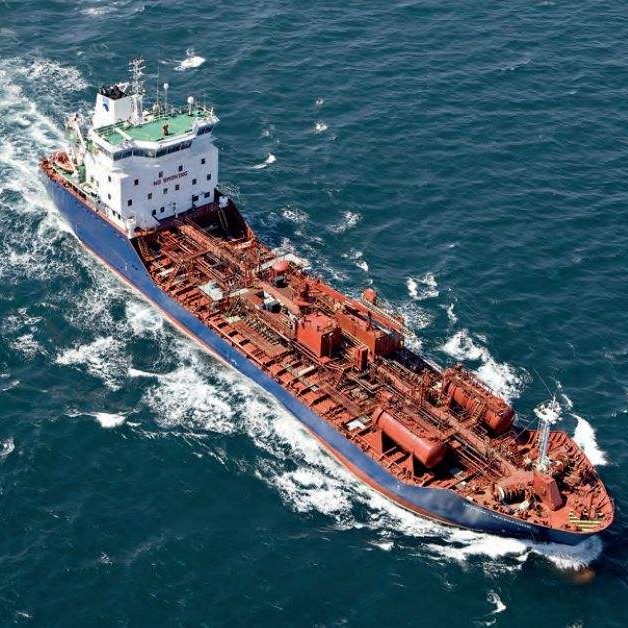
-
 Afrikaans
Afrikaans -
 Albanian
Albanian -
 Amharic
Amharic -
 Arabic
Arabic -
 Armenian
Armenian -
 Azerbaijani
Azerbaijani -
 Basque
Basque -
 Belarusian
Belarusian -
 Bengali
Bengali -
 Bosnian
Bosnian -
 Bulgarian
Bulgarian -
 Catalan
Catalan -
 Cebuano
Cebuano -
 China
China -
 China (Taiwan)
China (Taiwan) -
 Corsican
Corsican -
 Croatian
Croatian -
 Czech
Czech -
 Danish
Danish -
 Dutch
Dutch -
 English
English -
 Esperanto
Esperanto -
 Estonian
Estonian -
 Finnish
Finnish -
 French
French -
 Frisian
Frisian -
 Galician
Galician -
 Georgian
Georgian -
 German
German -
 Greek
Greek -
 Gujarati
Gujarati -
 Haitian Creole
Haitian Creole -
 hausa
hausa -
 hawaiian
hawaiian -
 Hebrew
Hebrew -
 Hindi
Hindi -
 Miao
Miao -
 Hungarian
Hungarian -
 Icelandic
Icelandic -
 igbo
igbo -
 Indonesian
Indonesian -
 irish
irish -
 Italian
Italian -
 Japanese
Japanese -
 Javanese
Javanese -
 Kannada
Kannada -
 kazakh
kazakh -
 Khmer
Khmer -
 Rwandese
Rwandese -
 Korean
Korean -
 Kurdish
Kurdish -
 Kyrgyz
Kyrgyz -
 Lao
Lao -
 Latin
Latin -
 Latvian
Latvian -
 Lithuanian
Lithuanian -
 Luxembourgish
Luxembourgish -
 Macedonian
Macedonian -
 Malgashi
Malgashi -
 Malay
Malay -
 Malayalam
Malayalam -
 Maltese
Maltese -
 Maori
Maori -
 Marathi
Marathi -
 Mongolian
Mongolian -
 Myanmar
Myanmar -
 Nepali
Nepali -
 Norwegian
Norwegian -
 Norwegian
Norwegian -
 Occitan
Occitan -
 Pashto
Pashto -
 Persian
Persian -
 Polish
Polish -
 Portuguese
Portuguese -
 Punjabi
Punjabi -
 Romanian
Romanian -
 Russian
Russian -
 Samoan
Samoan -
 Scottish Gaelic
Scottish Gaelic -
 Serbian
Serbian -
 Sesotho
Sesotho -
 Shona
Shona -
 Sindhi
Sindhi -
 Sinhala
Sinhala -
 Slovak
Slovak -
 Slovenian
Slovenian -
 Somali
Somali -
 Spanish
Spanish -
 Sundanese
Sundanese -
 Swahili
Swahili -
 Swedish
Swedish -
 Tagalog
Tagalog -
 Tajik
Tajik -
 Tamil
Tamil -
 Tatar
Tatar -
 Telugu
Telugu -
 Thai
Thai -
 Turkish
Turkish -
 Turkmen
Turkmen -
 Ukrainian
Ukrainian -
 Urdu
Urdu -
 Uighur
Uighur -
 Uzbek
Uzbek -
 Vietnamese
Vietnamese -
 Welsh
Welsh -
 Bantu
Bantu -
 Yiddish
Yiddish -
 Yoruba
Yoruba -
 Zulu
Zulu
grp boat
The Adventures of a GRP Boat A Journey through the Waters
In the world of boating, materials play a critical role in defining the performance, durability, and overall experience of the vessel. Among various construction materials, Glass Reinforced Plastic (GRP) has emerged as a favorite among boat enthusiasts. GRP boats, also known as fiberglass boats, combine strength, lightness, and versatility, making them ideal for countless applications, from leisurely cruising to high-performance racing. This article explores the fascinating world of GRP boats, focusing on their origins, advantages, and how they have transformed maritime experiences.
The origins of GRP boats can be traced back to the mid-20th century, a time marked by innovations in material science. The use of fiberglass in boat construction opened new avenues for designers and builders. Unlike traditional wooden boats, which may warp or decay over time, GRP offers resistance to water, rot, and UV damage. As a result, the GRP boat allowed for enhanced longevity, reduced maintenance, and improved performance on the water. With the ability to create complex shapes and forms, designers could craft yachts and vessels that were not only functional but also aesthetically pleasing.
.
Furthermore, GRP boats have made significant strides in terms of safety and performance. The material's inherent strength means that GRP boats can withstand harsh marine environments better than many alternatives. Their buoyancy and structural integrity also enhance safety on the water, providing greater stability and confidence for novice sailors and seasoned mariners alike. The natural insulative properties of GRP help to maintain comfortable temperatures inside the boat, ensuring enjoyable outings regardless of the weather conditions outside.
grp boat

However, not all aspects of GRP boats are without critique. Environmental concerns regarding the production and disposal of fiberglass have led to calls for more sustainable practices within the boating industry. While GRP is durable and long-lasting, it presents unique challenges at the end of a boat's life, as traditional recycling methods for fiberglass remain limited. However, many manufacturers are now exploring eco-friendly techniques and materials, striving to reduce the environmental impact associated with GRP boat production.
The community surrounding GRP boating is vibrant and diverse. From sailing clubs to fishing tournaments, the excitement of being on the water fosters camaraderie among enthusiasts. Many boat owners take pride in their vessels, often customizing them to reflect personal tastes and preferences. Online forums and social media groups further enhance this sense of community, allowing individuals to share experiences, tips, and tricks related to GRP boating.
As technology continues to evolve, the future of GRP boats looks promising. Innovations in materials and construction techniques, such as the use of recyclable resins and advanced manufacturing processes, are paving the way for a more sustainable approach to boat building. With the increasing focus on environmental awareness within the industry, it is likely we will see GRP boats that are not only high-performing and stylish but also more eco-friendly.
In conclusion, GRP boats have revolutionized recreational boating and maritime adventures. They offer an unparalleled blend of strength, lightweight construction, and design flexibility. Whether you are a novice angler, a seasoned sailor, or someone looking for serene moments on the water, a GRP boat opens up a world of possibilities that combine fun, safety, and adventure in the ever-expansive marine playground. The journey on a GRP boat is not just about reaching a destination but experiencing the joys of the water and forging connections that last a lifetime.
Latest news
-
Exploring the Benefits of Top Hammer Drifter Rods for Enhanced Drilling PerformanceNewsJun.10,2025
-
High-Precision Fiberglass Winding Machine for GRP/FRP Pipe Production – Reliable & Efficient SolutionsNewsJun.10,2025
-
FRP Pipes & Fittings for Shipbuilding - Corrosion-Resistant & LightweightNewsJun.09,2025
-
Premium FRP Flooring Solutions Durable & Slip-ResistantNewsJun.09,2025
-
Premium Fiberglass Rectangular Tanks Durable & Lightweight SolutionNewsJun.09,2025
-
Tapered Drill String Design Guide Durable Performance & UsesNewsJun.09,2025









